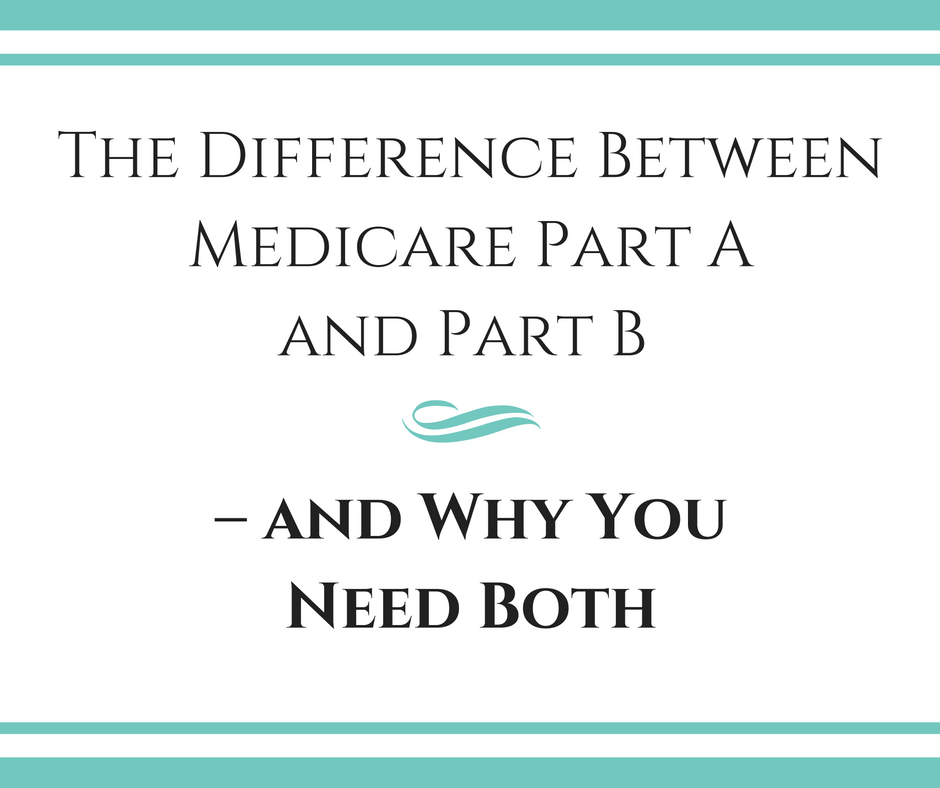The Difference Between Medicare Part A and Part B – and Why You Need Both
B – and Why You Need Both
As you approach age 65, you’re probably starting to think about your future – including your health care. Perhaps you’ve had employer-sponsored health insurance in the past and will need Medicare coverage once you retire. Alternatively, you may have individual health insurance, but are soon Medicare-eligible thanks to your age.
No matter your situation, the first step toward Medicare is enrolling in Original Medicare, otherwise known as Parts A & B. This type of Medicare covers many services and procedures that can be valuable for seniors during their golden years.
But what are Parts A & B? Why do you need to get both? And how are they different? We explain below.
Part A covers hospital services and procedures.
Once you have Medicare Part A, you will be able to take advantage of certain types of coverage, including hospital care, skilled nursing facility care, nursing home care, hospice care, and home health services. But Part A doesn’t cover everything you might need after age 65.
Part B covers other important medical needs.
Part B basically covers important services that Part A does not. Once you call your local Social Security office to enroll, Part B will cover things like ambulance services, inpatient and outpatient mental health care, clinical research, getting a second opinion before surgery, and durable medical equipment, like crutches.
You must take action to get Part B.
You must have both Parts A & B to continue on with additional Medicare coverage options. Thankfully, you’ll be automatically enrolled in Part A around your 65th birthday, but the same doesn’t go for Part B. You must call your local Social Security office to actively enroll in Part B.
Medicare has neither reviewed nor endorsed this information.
